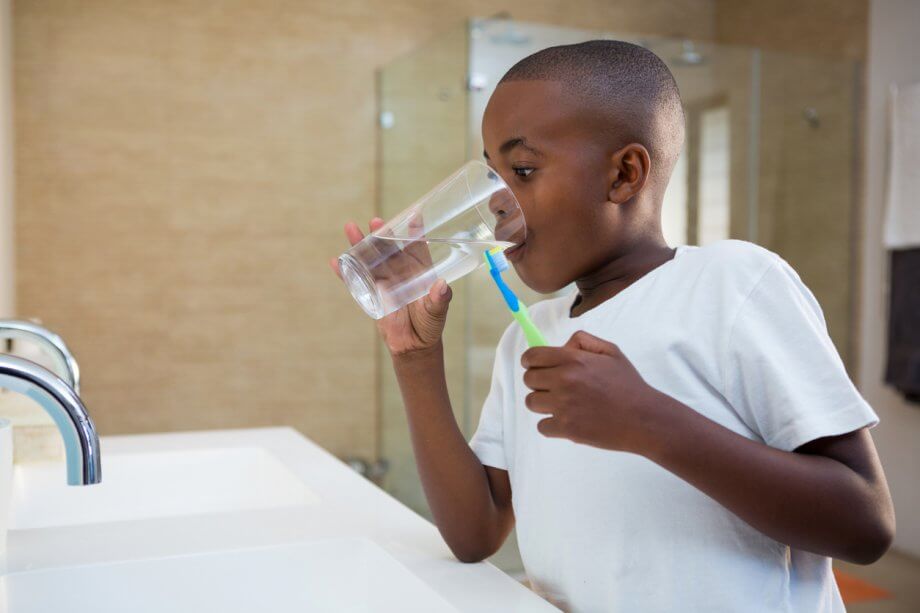Did you know that you can save water and still practice good oral hygiene at the same time? Your dentist tells you to brush your teeth at least twice a day, but you don’t want to waste water. So how do you reconcile these two needs? By practicing good water conservation habits and good oral care habits at the same time, you can have the best of both worlds.
Turn Off the Water While you Brush
When it’s time to brush your teeth, simply run the water just enough to wet your toothbrush and immediately turn it back off again. Brush your teeth for the necessary duration, spit into the sink, and then run the water just enough to rinse your toothbrush and wash the toothpaste down the drain. It's a common habit to let the water run while you brush, but the water going down the drain is simply wasted, and it’s more than you might think.
Use a Reusable Cup
If you need to rinse your mouth after brushing, use a reusable cup rather than paper or plastic. Plastic is one of the largest pollutants of our oceans, lakes, and rivers, which serve as our water supply. Paper cups are biodegradable, but the wax or plastic coating on them is not. Fill the cup just enough for the amount of water you need to rinse with. Don’t fill your cup up all the way just to take one sip and pour the rest down the drain. Spit the water into the sink and rinse it down with water only as much as necessary.
Don’t Wet your Toothbrush Before Brushing
Did you know that you don’t need to wet your toothbrush at all in order to brush your teeth? The saliva in your mouth is completely sufficient to activate the toothpaste. Water actually dilutes your toothpaste, making it less effective. Save water and get the most out of your toothpaste by starting your brushing with a dry toothbrush.
Check for Plumbing Leaks
While you’re brushing, check the condition of your sink plumbing. Make sure your faucet doesn’t drip and that the pipes underneath your sink are not leaking at all. If you notice anything amiss, repair it as soon as possible. A dripping faucet or leaky pipes can waste gallons of water a week.
Update your Plumbing with Water-Saving Fixtures
Consider installing new faucets on your sinks that conserve water. Modern faucets use half as much water as older faucets, even just average priced ones. Spring for the water-saving faucets and you can actually reduce your water bill each month.
Do you Use a Waterpik?
If you have specific oral hygiene concerns that necessitate the use of a waterpik, there are ways to save water with it. A waterpik may be recommended for patients with braces, dental implants, bridges, or anyone with gum health issues. While a waterpik uses pressurized water to clean hard to reach places in your mouth, there are certain brands that are designed to use less water and still achieve the same results. Only fill the waterpik with enough water for what you’ll use in a day or two, otherwise the water inside could begin to grow mildew and need to be replaced. Be smart with your waterpik usage and water won’t be wasted.
Smile Makers Cares About Our Patients’ Oral Health and the Earth’s Water Supply
At Smile Makers we believe you shouldn’t have to waste water to maintain good oral health. In addition to these tips that you can practice at home, our office uses water-conserving instruments and practices when cleaning your teeth and performing all procedures. You can rest assured that maintaining your oral health is not impacting the earth’s water supply in a negative way. You should still brush twice a day and drink plenty of water.
Call (334) 277-5498 today to make an appointment with Smile Makers Comprehensive Dentistry or request an appointment. We want to team up with you to maintain your oral hygiene while conserving the earth’s water resources.

